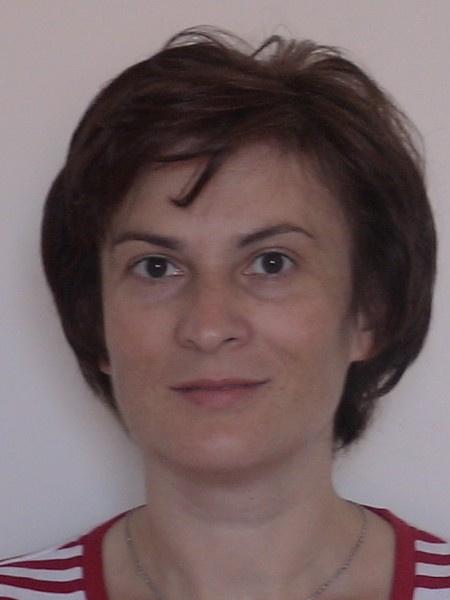abstract
Magnetoelectric (ME) effect experimentally discovered about 60 years ago remains one of the promising research fields with the main applications in microelectronics and sensors. However, its applications to biology and medicine are still in their infancy. For the diagnosis and treatment of diseases at the intracellular level, it is necessary to develop a maximally non-invasive way of local stimulation of individual neurons, navigation, and distribution of biomolecules in damaged cells with relatively high efficiency and adequate spatial and temporal resolution. Recently developed ME materials (composites), which combine elastically coupled piezoelectric (PE) and magnetostrictive (MS) phases, have been shown to yield very strong ME effects even at room temperature. This makes them a promising toolbox for solving many problems of modern medicine. The main ME materials, processing technologies, as well as most prospective biomedical applications will be overviewed, and modern trends in using ME materials for future therapies, wireless power transfer, and optogenetics will be considered.
keywords
POLYMER-BASED NANOCOMPOSITES; OSTEOGENIC DIFFERENTIATION; OPTOGENETIC CONTROL; ELECTRICAL-STIMULATION; SOMATOSENSORY CORTEX; BRAIN-STIMULATION; FE-GA; WIRELESS; SCAFFOLDS; FIELDS
subject category
Engineering, Biomedical; Materials Science, Biomaterials
authors
Kopyl, S; Surmenev, R; Surmeneva, M; Fetisov, Y; Kholkin, A
our authors
Projects
CICECO - Aveiro Institute of Materials (UIDB/50011/2020)
CICECO - Aveiro Institute of Materials (UIDP/50011/2020)
Collaboratory for Emerging Technologies, CoLab (EMERGING TECHNOLOGIES)
acknowledgements
This work was developed within the scope of the project CICECO-Aveiro Institute of Materials, refs. UIDB/50011/2020 and UIDP/50011/2020, financed by national funds through the FCT/MCTES. Part of this work was funded by national funds (OE) , through FCT - Fundaca~o para a Cie<^>ncia e a Tecnologia, I.P., in the scope of the framework contract foreseen in the numbers 4, 5, and 6 of the article 23, of the Decree-Law 57/2016, of August 29, changed by Law 57/2017, of July 19. The financial support from the Ministry of Science and Higher Education of the Russian Federation is acknowledged (grant agreements #075-15-2021-588 from 1.06.2021) .



